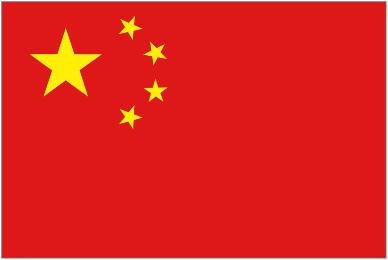November 12

East Timor, or Timor Leste, underwent multiple brutal, but largely overlooked occupations in the 20th century. Up until 1975 it was governed by the Portuguese, for 300 years in fact. The western half of the island was occupied by the Dutch until World War II, when both sides were taken by the Japanese. Following the war, Indonesia took possession of the western half of the island and Portugal regained possession of the east, aka East Timor.
In 1975, while political troubles took hold of Portugal, the East Timorese hoped for independence. However, the hope was short-live. Soon after declaring itself independent, on November 28, 1975, Indonesia invaded the eastern half of the island, beginning an occupation that would kill an estimated quarter of East Timor’s population.
For many, the brutality of the Indonesian occupation was epitomized by the events of November 12, 1991. On that day…
“…several hundred Timorese gathered at the Santa Cruz cemetery to peacefully demonstrate against Indonesia’s forced integration of East Timor. For two or three minutes, Indonesian troops fired into the crowd…Two-hundred seventy-one unarmed East Timorese civilians, mostly young people, were killed. Three-hundred eighty-two others were wounded. Two-hundred fifty more just “disappeared.”
Becoming Evil: How Ordinary People Commit Genocide and Mass Killing, by James Waller
“I saw candles everywhere, in every house, and people praying, hoping that maybe God could help bring their brothers, sisters, and parents back home.
“The massacre was a complete surprise. We didn’t expect this could happen. I was shocked. With the presence of Pieter Koojimans and foreign journalists, it was impossible for us to imagine that Indonesia would do anything so barbaric.”
Constancio Pinto, East Timor’s Unfinished Struggle: Inside the Timorese Resistance
Because of the presence of foreign journalists, the crimes that the people of East Timor had been subjected to for decades received international attention. It would take another decade for the Indonesian government to relinquish control of East Timor due to international pressure.
Today, the people of East Timor mourn those who fell on November 12, and all those who gave their lives to the cause of independence.


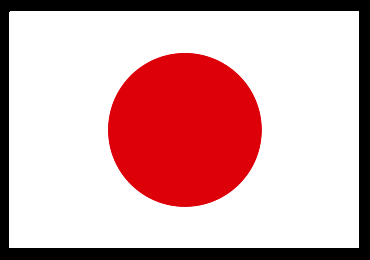


 Chongyang is also known as Double Ninth. As the highest odd single number, 9 is considered especially lucky in Chinese culture. Chongyang falls on the 9th day of the 9th month of the Chinese calendar.
Chongyang is also known as Double Ninth. As the highest odd single number, 9 is considered especially lucky in Chinese culture. Chongyang falls on the 9th day of the 9th month of the Chinese calendar.
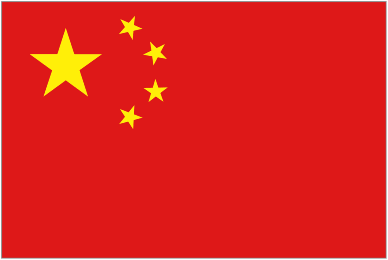
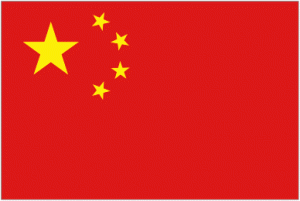
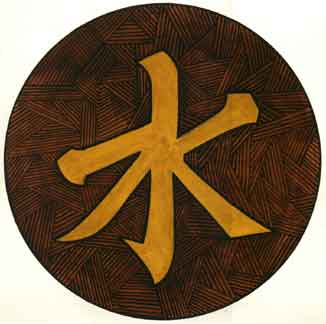
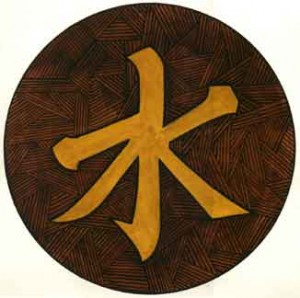
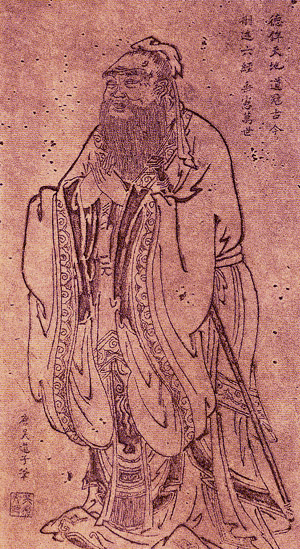 Confucius spent the next several years traveling through China, to the states of Wei, Song, Chen, Cai, and Chu.
Confucius spent the next several years traveling through China, to the states of Wei, Song, Chen, Cai, and Chu.
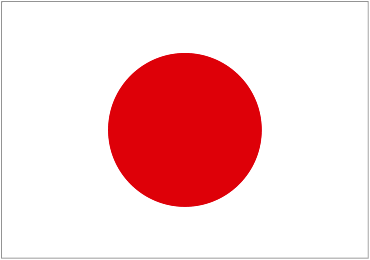


 Okay, not what I had in mind.
Okay, not what I had in mind.


